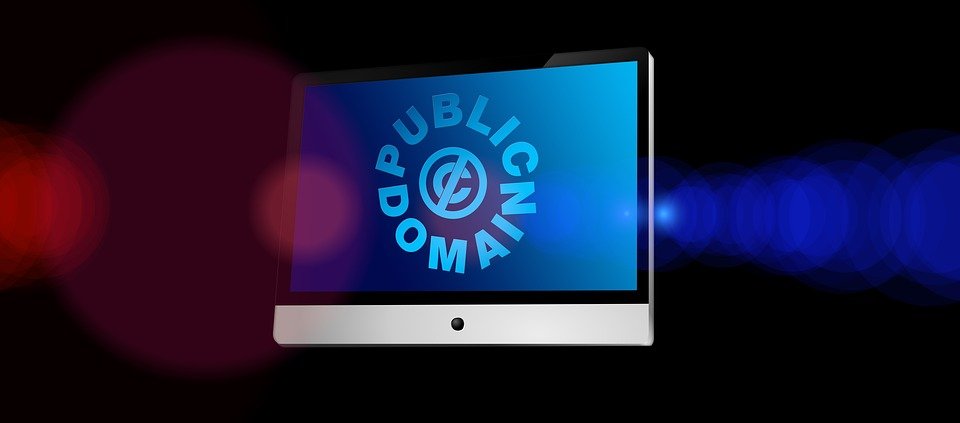Public Domain Software is a special type of software for which the copyright has expired and as such, can be used as desired. This includes any software that was published with copyright before the 1976 Copyright Act went into effect. The public domain is often considered to be an uncultivated land that needs to be claimed and cultivated with new innovation and creativity.

Table of Contents
What is Public Domain Software?
There are several public domain applications, but they are frequently mistaken with various other sorts of software called “freeware” that may be downloaded for free, or “shareware,” which is generally acquired for a tiny price.
In the case of most programs, the only type with no restrictions is the public domain variety. In all likelihood, freeware and shareware are copyrighted. It means that licenses are not required for the public domain software. Others can’t duplicate software, distribute it to others, or sell copies of it without breaching copyright rules.
The term public domain software refers to any kind of computer program that does not include legal copyright and has been released into the public sphere, allowing its use by anybody for whatever purpose they wish – non-commercial or commercial.
Public Domain software is found online, where it can be downloaded at no cost without violating any laws. The public domain is a wide umbrella term for any item, usually a creative work, that can be used without restrictions.
What Makes Public Domain Software Different?
The main aspect that differentiates such software from copyrighted programs is the lack of a license agreement and an accompanying declaration of restrictions on how the software is used.
Some familiar examples of programs in the public domain are BSD UNIX and Torque Game Builder. In addition, Open Source software is also considered to be in the public domain.
History of Public Domain Software
Before 1976, all published works had copyright and the concept of “public domain” did not exist. As time passed and technology advanced, most programs became too large for floppy disks and thus were packaged on CD-ROMs and commercial licenses were purchased by commercial companies who wanted to market them for profit or use them in corporate environments.
The U.S. Copyright Act of 1976 was enacted to extend protection to computer programs as original works of authorship with accompanying protections such as the prohibition against unauthorized distribution without consent from the owner of rights in copyrighted works. This law applies exclusively to published work; unpublished materials are still protected under copyright laws.
The result is that older public domain software can be downloaded on the Internet, while more contemporary programs are often restricted by copyright rules.
A workaround for this issue on some websites is to download their public domain software packaged in .7z or .rar files instead of directly from the website itself through a web browser since browsers do not support these archive formats natively.
However, there are many online tools available that can help you access almost any archived file using presets for different types of compression formats (.zip, .tbz2, etc). You can then decompress them using WinZip or 7-Zip, both freeware Windows applications.
How Can Software Become Public Domain?
There are many ways in which computer software can become the public domain. However, simply because a piece of software was published in the United States prior to 1989 does not necessarily mean that the copyright has expired; the actual date on which it falls into public domain status depends on several factors such as how long it was copyrighted and whether or not it met all of the qualifications for renewal.
Most importantly, if a work is created by an author who was employed or contracted by a company or corporation, then that work is automatically protected under copyright laws and will remain so unless expressly dedicated to the public domain by its original authors.
What Does Public Domain Software Offer Developers?
One significant advantage of using public domain software is that the bar has already been cleared for usability, which means that you can simply download and start using it right away without worrying about any sort of bureaucratic red tape.
Since this kind of software does not include a license, anyone who downloads it is free to do whatever they wish with it – copy, modify, distribute or sell amongst other options.
However, many companies will still require copyright waivers before allowing you to use their public domain programs in commercial work.
Public domain software can be found in a variety of places. A number of colleges and universities have downloadable content and catalogs available. Key to the sciences is one of the most fascinating public domain programs available.
